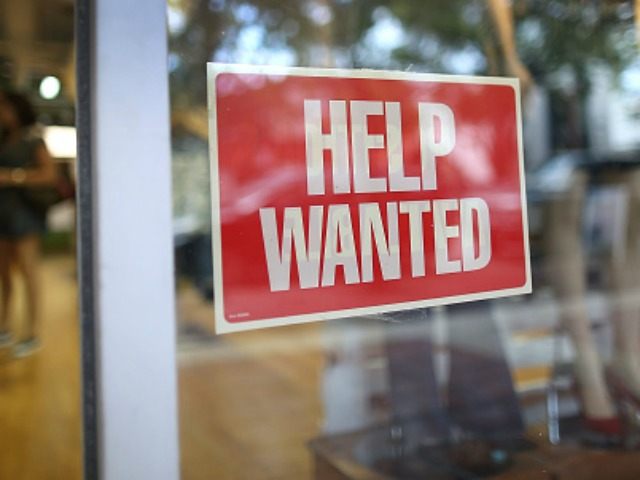Cutting unemployment benefits to encourage Americans to get back to work is proving effective, according to a report from the investment bank Jefferies.
Federal pandemic aid provides an additional $300 each week in unemployment benefits and extends those payments for as long as 18 months, nearly three times as long as benefits are typically available. On average, regular state unemployment benefits pay around $320 per week, although the amount varies from state to state. Washington has the highest average benefit level at $497.00.
That extra $300 pays about 42 percent of those on the unemployment rolls as much or more than their prior wages, according to an estimate from University of Chicago economist Peter Ganong. Many U.S. businesses have pointed to the benefits as a deterrent to work. At the end of April, businesses had around 9.3 million open jobs, a record high.
The enhanced benefits are set to expire in early September, but states can curtail them earlier. At least 25 states decided in May and June to end the enhanced payments, hoping that the reduction in benefits would spur out of work Americans to seek out employment. Four states have ended the enhanced benefits on June 12, seven more on June 19, and ten additional states this past weekend. Four more will end benefits by July 20.
A report from Jefferies found those states that have already ended benefits have experienced a 13.8 percent decline in the number of people receiving unemployment benefits since mid-May, the Wall Street Journal reported on Sunday.
The four states planning to end the benefits in July saw a 10 percent decline. Those planning on keeping benefits at elevated levels until September saw 5.7 percent drops.

COMMENTS
Please let us know if you're having issues with commenting.